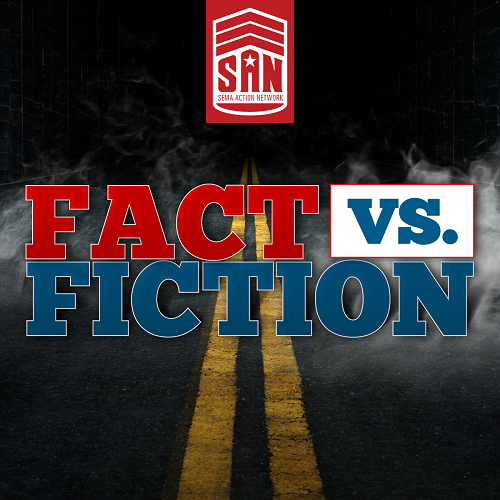UPDATE (6/23/22): The California Assembly Transportation Committee amended SB 1079 to create a study instead of a pilot program. In other words, the state must conduct a study to determine if noise detection cameras work before they can consider using them to enforce the state's vehicle noise limits. As currently written, the state must evaluate the technology from at least three companies by January 1, 2025 before noise cameras may be used.
ORIGINAL POST: The California legislature is considering a bill (SB 1079) that would create a pilot program allowing six cities to issue exhaust noise tickets using noise detection cameras. These cameras work similarly to red light and speed cameras and are being tested in other cities around the country. Contrary to some media reports, the bill has not passed the legislature. As of this writing, it awaits consideration in the Assembly before moving to Gov. Gavin Newsom for final approval or veto.
More importantly, the bill does not change California's existing exhaust noise laws, which is based on SEMA's model bill. The law limits cars and trucks to 95-decibels of exhaust noise when tested using an objective SAE International procedure. Motorists that receive a ticket would still have the ability to have their vehicle tested by the Referee to determine compliance. A court may then use the test result to dismiss the ticket.

